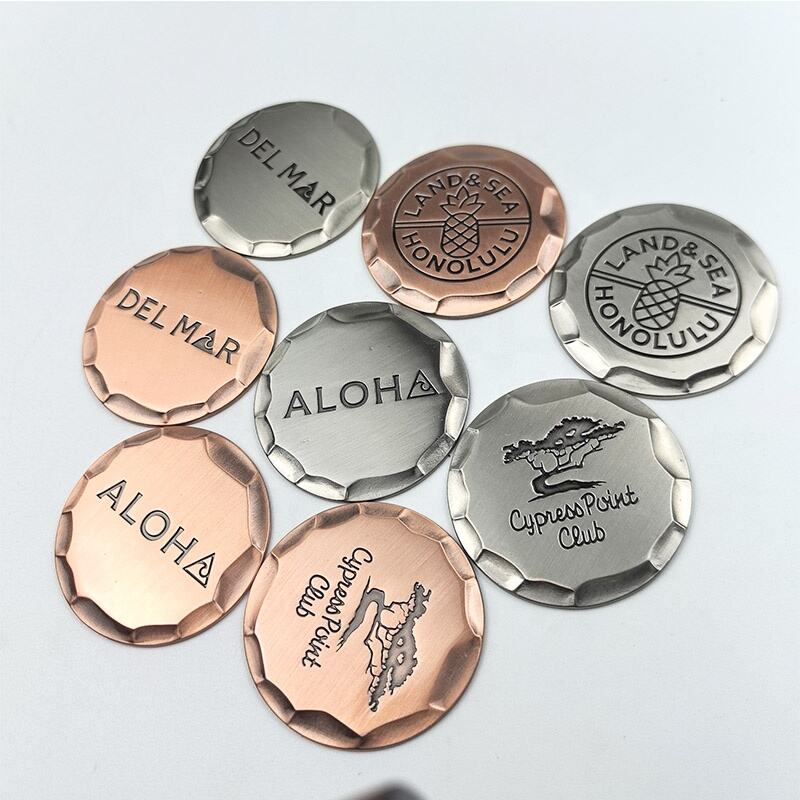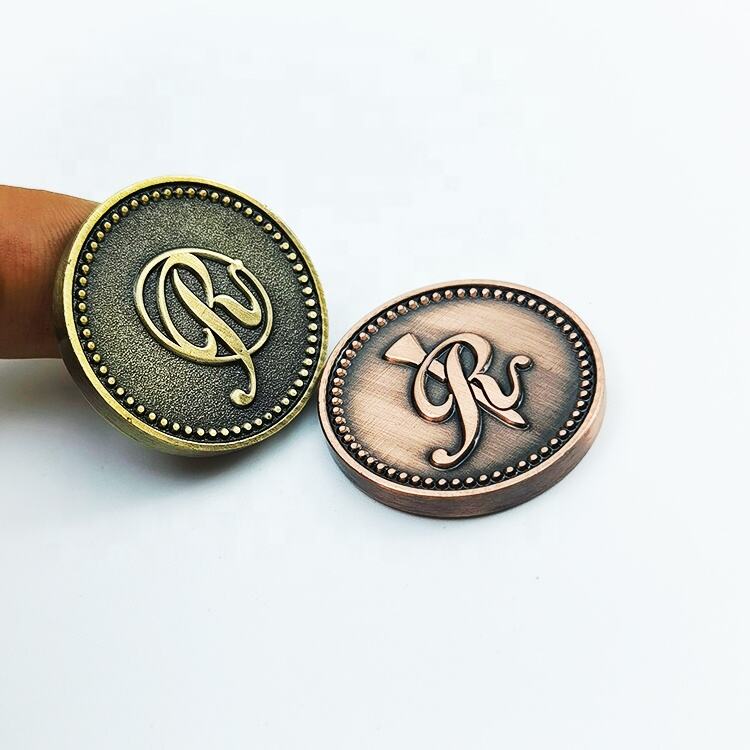Understanding the Essential Golf Accessory That Keeps Play Fair and Organized
In the intricate world of golf, even the smallest accessories play crucial roles in maintaining the sport's integrity and smooth flow of play. Among these essential items, the ball marker stands out as a fundamental tool that every golfer, from beginners to professionals, must carry in their pocket. This small but significant piece of equipment helps maintain the order and fairness that golf is known for, while also preventing potential conflicts and misunderstandings on the putting green.
A ball marker is a small, flat object used to mark the position of a golf ball before temporarily lifting it from the putting green. While seemingly simple in purpose, this modest accessory upholds the game's principles of precision and respect for other players. Understanding its proper use and importance can significantly enhance your golfing experience and ensure you're following proper golf etiquette.
The Fundamentals of Ball Markers in Golf
What Constitutes a Proper Ball Marker
A ball marker can come in various forms, though most commonly it's a small, flat disc made of metal or plastic. Professional golfers often use custom-designed ball markers, while recreational players might opt for a small coin or specialized marker purchased from a pro shop. The key requirement is that the ball marker must be small enough not to interfere with other players' putting lines while being visible enough to accurately mark the ball's position.
While the rules of golf don't specify exact dimensions for a ball marker, common sense dictates that it should be compact and unobtrusive. Many players prefer markers that are roughly the size of a quarter or smaller, as these provide an ideal balance between visibility and minimal interference with play.
Proper Placement and Usage Techniques
The correct placement of a ball marker requires attention to detail and consideration for other players. When marking your ball's position, place the marker directly behind the ball before lifting it. Some players use the length of their putter head as a reference point, ensuring consistent and accurate placement every time.
It's essential to remember that the ball marker should always be placed in a way that doesn't interfere with other players' putting lines or create any distraction. If your marker happens to be in another player's line, you may be asked to move it one or more clubhead lengths to either side, following specific rules for this procedure.

The Role of Ball Markers in Tournament Play
Professional Standards and Requirements
In professional tournaments, ball markers take on even greater significance. Tour players often use distinctive markers that become part of their personal brand, yet still conform to all official regulations. The PGA and LPGA tours have specific guidelines about marker size and placement, ensuring consistency and fairness across all competitive play.
Professional golfers must be particularly mindful of their ball marker placement, as even slight discrepancies can lead to penalties or disputes. Television coverage has made this aspect of the game more visible than ever, highlighting the importance of proper marking techniques at the highest levels of competition.
Impact on Game Strategy and Pace
Strategic use of ball markers can significantly impact the flow and outcome of a game. Players often lift their balls to clean them or to avoid interference with other players' putting lines. This practice helps maintain optimal playing conditions and demonstrates courtesy to fellow competitors.
The efficient use of ball markers also helps maintain a reasonable pace of play, which is crucial in both recreational and competitive golf. Quick, decisive marking and replacement of balls keeps the game moving smoothly while ensuring accuracy and fairness.
Ball Marker Etiquette and Common Practices
Essential Rules to Remember
Proper ball marker etiquette is fundamental to the spirit of golf. Players should always ask permission before lifting their ball on the green, even when using a marker. This courtesy helps maintain clear communication and prevents any misunderstandings during play.
When replacing your ball, it's crucial to do so with precision. The ball should be placed exactly where the marker indicates, as even small discrepancies can affect putting accuracy. Many experienced golfers develop a consistent routine for marking and replacing their ball to ensure accuracy and maintain the pace of play.
Avoiding Common Mistakes
Several common errors occur with ball marker usage that players should be aware of. These include forgetting to replace the ball in its exact original position, using inappropriately large markers that may interfere with play, or failing to mark the ball before lifting it. Being mindful of these potential mistakes helps maintain the integrity of the game.
Another frequent oversight is failing to remove the marker after replacing the ball. This not only slows down play but can also create unnecessary distractions for other players. Developing good habits around marker usage helps prevent these issues and demonstrates respect for the game and fellow players.
Frequently Asked Questions
Can I use any small object as a ball marker?
While the rules of golf are relatively flexible regarding what can be used as a ball marker, it's recommended to use a proper marker or small coin. The object should be flat, unobtrusive, and easily visible. Avoid using items that could damage the green or interfere with play, such as tees or irregular objects.
When is it appropriate to mark and lift my ball on the green?
You can mark and lift your ball on the green at any time, especially if it's in another player's line of putt or needs cleaning. However, it's courteous to wait until it's your turn to play unless another player requests that you mark your ball. Always remember to ask permission from playing partners before lifting your ball.
How do I properly move my ball marker when it interferes with another player's line?
If your ball marker interferes with another player's line or stance, you can move it one or more clubhead lengths to either side. To do this, place your club down with the head touching the marker, then move the marker to the other end of the clubhead. When replacing your ball, reverse this process to ensure accurate replacement.




